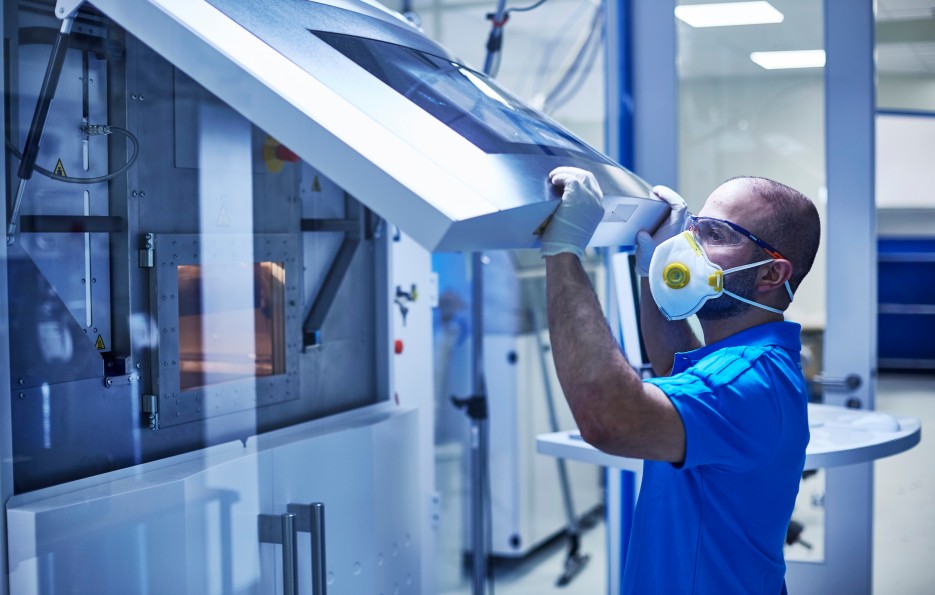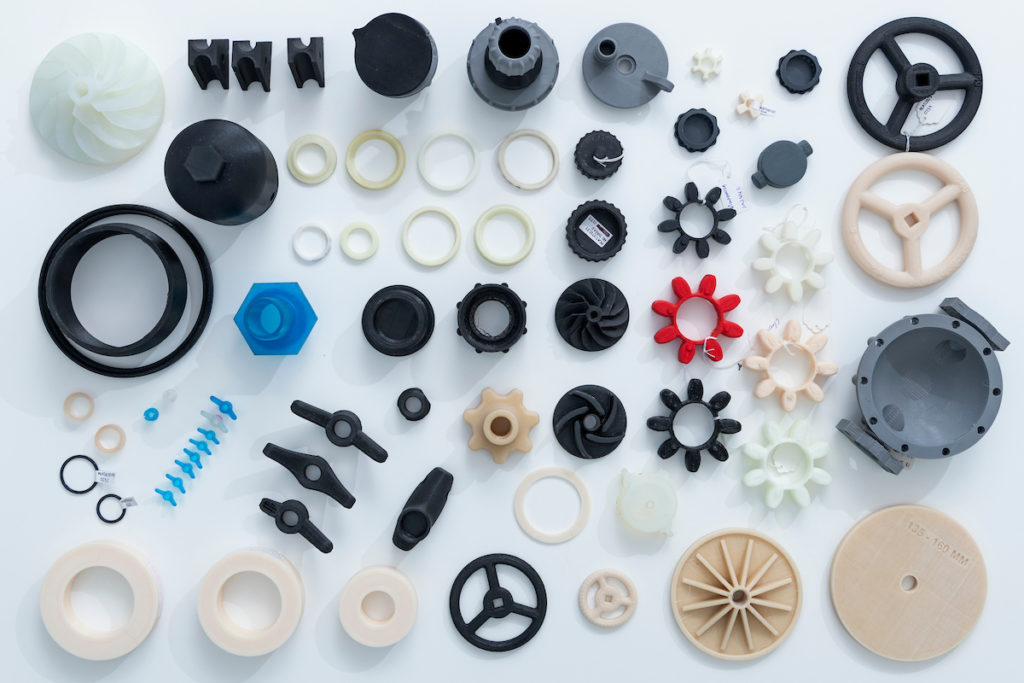German steel giant thyssenkrupp is continuing its unique AM strategy—that of tackling niche markets and the Association of Southeast Asian Nations (ASEAN)—with a maritime-focused partnership. Together with Wilhelmsen, one of the largest maritime companies globally, thyssenkrupp aims to create AM solutions for the maritime industry.
Specifically, the partners have signed a Memorandum of Agreement outlining the goal of 3D printing parts for maritime vessels. The project will rely on thyssenkrupp’s new Tech Center in Singapore and its Global Additive Manufacturing Tech Center in Mulheim, Germany. The latter facility has received an Approval of Manufacturer certificate from quality assurance and risk management firm DNV GL, meaning that its 3D-printed metal products are suitable for maritime and other industrial applications.
Jan Lueder, CEO of thyssenkrupp Asia Pacific, referred to this as “the world’s first certified facility for marine 3D printing,” which suggests that the certificate from DNV GL specifies maritime quality assurance, rather than simply covering industrial applications more broadly.
As a part of the partnership, a startup partly owned by Wihelmsen, Ivaldi Group, will be participating. Ivaldi bills itself as a “Parts Replacement as a Service” company that works to digitize inventory for the maritime, offshore and construction industries. The goal of this digitization is to “reduc[e] inventory, warehousing needs, delivery times and cost of logistics by allowing organizations to send files, not parts.”
We’ve seen this model before and, on paper, it seems like a no-brainer: rather than purchase and warehouse mass produced spare parts or have spares made for specialty components using traditional manufacturing technology, these items can be 3D-printed on-demand. Though companies like Caterpillar are trying this approach in-house, spare part 3D printing businesses have yet to really take off.
We’ve also seen the CEO of Ivaldi before. Espen Sivertsen comes to Ivaldi by way of Type A Machines, a now-defunct manufacturer of open source, desktop 3D printers. Though Type A was well respected in the industry and had a dedicated community of users, it went the way of many desktop manufacturers.

What looks to be the Type A Print Pod at Wilhelmsen. Image courtesy of Wilhelmsen.
Perhaps by focusing on specialty sectors—like maritime, offshore, and construction—where spares are more unique and likely more costly to make, Ivaldi will be successful where others have failed. Shipping leader Wihelmsen seems to have faith in them. Via Ivaldi, Wihelmsen Ship Services is currently using a 3D printing system in a test program at its Singapore port services locations, where ships are repaired.
The partners are formalizing their agreement in Singapore in part because of the size of the maritime industry in the region. As thyssenkrupp points out in its white paper on AM for the ASEAN region, the penetration of AM into the area is relatively small. The region currently represents 5 to 7 percent of the total AM market in Asia, but the company believes that 3D printing in the region could grow by at least three times.
As we learned from our interview with Abhinav Singhal, Chief Strategy Officer of Asia Pacific at thyssenkrupp, the steel company sees industrial sectors like maritime as underserved by AM.
Singhal elaborated as to why, saying, “More than 60% of AM adoption globally has been in four sectors — aerospace, industrial machines & tooling, medical/dental implants, and automotive. We believe other sectors such as maritime, land transport, mobility and industrial plants are equally attractive for AM as well but lack today players with deep engineering expertise and knowhow to identify and fabricate the right parts for these industries. For example, the mobility and natural resources industries (mining, cement, chemicals, oil and gas) are characterized by geographic fragmentation and remote locations, posing challenges around logistics and inventory management of parts. These problems can be partly addressed by 3D printing and building a digital spare parts warehouse optimizing the overall inventory and cost of logistics.”
As Joris pointed out in the interview, this really is a novel approach within AM. What we have alluded to in this article but hasn’t necessarily been highlighted in the thyssenkrupp announcement is the fact that these industries feature specialized equipment with specialized components. Readers familiar with 3D printing know that that is a sweet spot for the technology, as AM can often undercut the cost of producing complex, specialized parts with traditional technology. This may be another reason why we are seeing AM begin to take off in the rail sector, as well. Industrial giant thyssenkrupp is quickly making moves in AM, just yesterday announcing that is investing in an Israeli 3D printing initiative as well.
Join the discussion of this and other 3D printing topics at 3DPrintBoard.com.
Subscribe to Our Email Newsletter
Stay up-to-date on all the latest news from the 3D printing industry and receive information and offers from third party vendors.
You May Also Like
Further Understanding of 3D Printing Design at ADDITIV Design World
ADDITIV is back once again! This time, the virtual platform for additive manufacturing will be holding the first-ever edition of ADDITIV Design World on May 23rd from 9:00 AM –...
3D Printer Maker EVO-tech Reborn as NEVO3D — Once More With Feeling
EVO-tech was a 3D printing service and original equipment manufacturer established in 2013 and based in Schörfling am Attersee, Austria. The company produced high-quality material extrusion systems featuring linear bearings,...
3D Systems Brings 3D Printed PEEK Cranial Implant to the U.S. with FDA Clearance
For more than 10 years, 3D Systems (NYSE:DDD) has worked hand-in-hand with surgeons to plan over 150,000 patient-specific cases, and develop more than two million instruments and implants from its...
CDFAM Returns to Berlin for Second Annual Symposium
The second CDFAM Computational Design Symposium is scheduled for May 7-8, 2024, in Berlin, and will convene leading experts in computational design across all scales. Building upon the first event...

































